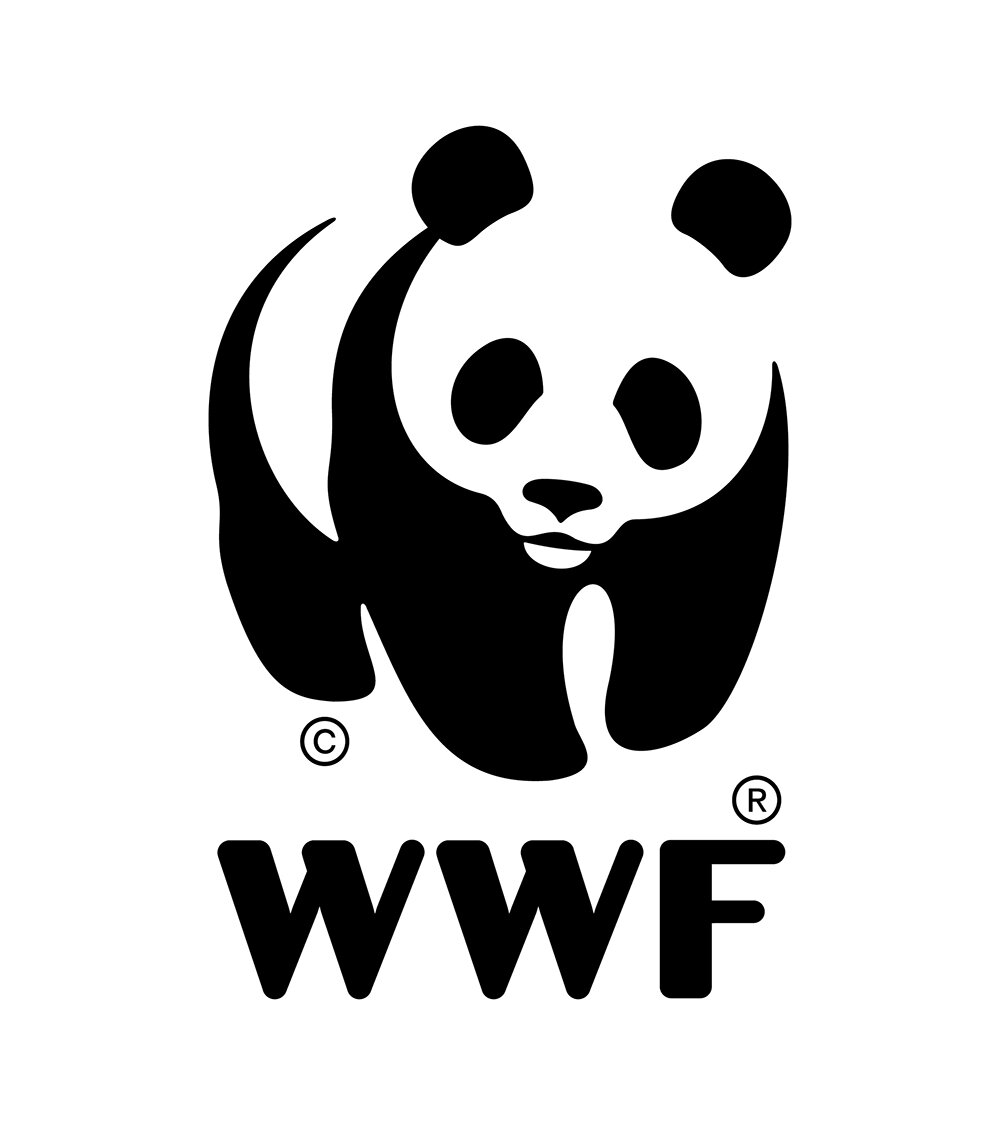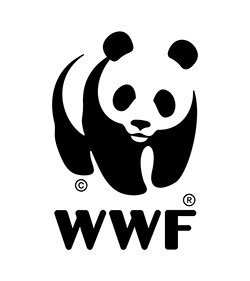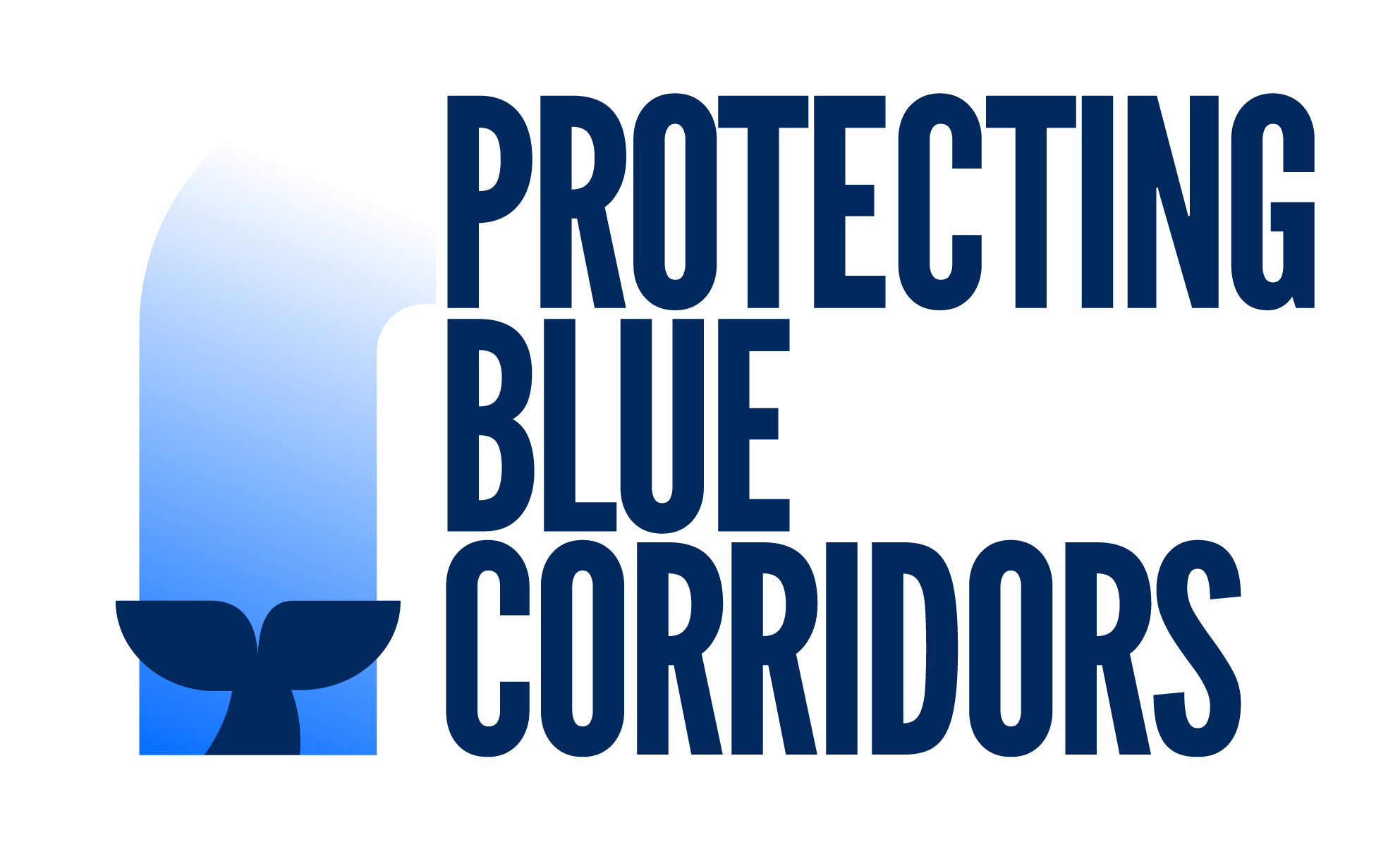Bringing whale superhighways to life - a new digital platform a game-changer for ocean conservation
3 June 2025
BlueCorridors.org platform - Australia (globe view, static whale migration tracks, IMMAs, KBAs, default dark mode) © 2025 Protecting Blue Corridors project and partners. All rights reserved.
In a major advance for marine conservation, WWF and a global coalition of leading scientists, civil society, governments, and tech innovators have launched BlueCorridors.org—a dynamic new platform that brings together three decades of whale tracking data with information on overlapping marine threats and conservation solutions. For the first time, the migratory “blue corridors” used by great whales are now digitally mapped and made publicly accessible to inform science, policy, and ocean protection efforts worldwide.
Launched ahead of World Oceans Day (8 June) and the UN Ocean Conference in Nice, France (9-13 June), the platform advances international goals to protect 30% of the ocean by 2030, as set out in the Kunming-Montreal Global Biodiversity Framework, underscores the importance of ratifying the UN High Seas Treaty (BBNJ Agreement), and contributes to the ambitions of the UN Decade of Ocean Science. The Blue Corridors platform not only emphasizes the need for collaborative action to achieve all these global goals and policy frameworks - and especially the 30x30 goal, but also provides practical, actionable guidance on how to achieve that.
The platform visualizes satellite tracking data from over 50 global research groups, including Oregon State University, the University of California Santa Cruz, the University of Southampton, and many others. These maps trace the migratory superhighways that connect whales to critical breeding, feeding, and social habitats across ocean basins—routes essential not only for whale survival but for the health of marine ecosystems.
But these lifelines are under increasing threat. Despite decades of conservation work, seven of the 14 great whale species remain endangered or vulnerable, facing growing risks from ship strikes, entanglement in fishing gear, underwater noise, plastic pollution, and accelerating climate impacts.
BlueCorridors.org offers an urgent and innovative solution: a powerful, interactive tool that combines migration data with layers of marine threats and conservation priorities to help guide protection efforts across national borders and disciplines.
“Blue corridors are more than migration routes—they’re lifelines for the ocean’s giants and the ecosystems they support,” said Chris Johnson, Global Lead for WWF’s Protecting Whales and Dolphins Initiative. “This platform transforms decades of science into a tool for action—showing when, where, and how to protect whales in a rapidly changing ocean.”
Key features of the platform include:
Whale movement maps by species and time of year that can be produced and shared;
Conservation data from partners such as the IUCN Marine Mammal Taskforce’s Important Marine Mammal Areas (IMMAs), and other ecologically important zones, to inform future marine protected areas design and planning;
Overlapping threats, including shipping routes, fishing effort, and climate change layers;
Case studies, highlighting hotspots where whales are most vulnerable and which solutions governments can action.
“This is the future of conservation—open, collaborative, and grounded in science,” said Dr. Ryan Reisinger, Co-Lead of the Initiative from the University of Southampton. “By linking threats with solutions, this platform supports smarter, more coordinated marine planning that spans sectors and borders.”
BlueCorridors.org builds on the collaborative “Protecting Blue Corridors” report (2022), which mapped global whale migration for the first time and outlined targeted regional conservation actions—from the Eastern Pacific and Mediterranean to the Southern Ocean. The new, digital platform meets the growing need for open-access, science-based marine connectivity tools, with peer-reviewed publications on its methodology and collaborative design to follow later in 2025.
“This is more than a map—it’s a movement,” said Johnson. “By combining cutting-edge science, digital innovation, and creative storytelling, we’re giving whales a fighting chance. This platform represents a rare alignment across science, civil society, and policy—all working together to protect the ocean’s giants through transparency, data, and shared commitment.”
NOTES:
About Blue Corridors Initiative:
Protecting Blue Corridors is a collaborative initiative across the marine mammal science and conservation communities to visualize growing risks to whales and marine connectivity conservation solutions to inform policy.
A core governance team of world-leading science and conservation organizations oversees the Initiative, data sharing, transparency, and the BlueCorridors.org platform growth. They include: Dr Rochelle Constantine (University of Auckland, New Zealand), Dr Violaine Dulau (Globice, Reunion Island), Dr Ari Friedlaender (University of California, Santa Cruz, USA), Chris Johnson (WWF), Dr Daniel Palacios (Oregon State University / Center for Coastal Studies, USA), Dr Simone Panigada (Tethys Research Institute, Italy), Dr Rui Prieto (University of Azores), Dr Ryan Reisinger (University of Southampton, UK), Dr Els Vermeulen (University of Pretoria, South Africa), and Dr Alex Zerbini (University of Washington, USA).
Contributing Researchers Include:
Dr Olivier Adam: Sorbonne University, France; Dr. Virginia Andrews-Goff, Australian Antarctic Program; Dr Artur Andriolo, Instituto Aqualie, Brazil; Dr Marie-Anne Blanchet: Norwegian Polar Institute; Dr Natalia Botero Acosta: Fundación Macuáticos, Colombia; Dr Gill Braulik: IUCN; Dr Emma Carroll: Associate Professor, University of Auckland – Waipapa Taumata Rau, Aotearoa New Zealand; Dr Salvatore Cerchio: African Aquatic Conservation Fund, USA/Senegal; Dr Mariano Coscarella: CONICET Argentina; Dr Tim Collins: Wildlife Conservation Society; Dr Solène Derville: French National Research Institute for Sustainable Development (IRD), New Caledonia; Valeria Falabella: Wildlife Conservation Society, Argentina; Dr Steven H. Ferguson: Department of Fisheries and Oceans, Canada; Dr Sabrina Fossette: Megaptera, Australia; Dr Claire Garrigue: Operation Cétacés, New Caledonia; Dr Raul Gonzalez: National University of Comahue, Argentina; Dr Rob Harcourt: Macquarie University, Australia; Dr Mads Peter Heide-Jørgensen, Greenland Institute of Natural Resources, Greenland; Dr Helena Herr: University of Hamburg, Germany; Erich Hoyt: IUCN SSC-WCPA Marine Mammal Protected Areas Task Force, United Kingdom; Prof. Kit Kovacs, Norwegian Polar Institute; Dr Véronique Lesage: Department of Fisheries and Oceans, Canada; Dr Christian Lydersen, Norwegian Polar Institute; Dr Gianna Minton: IUCN SSC-WCPA Marine Mammal Protected Areas Task Force, Netherlands; Dr Giuseppe Notarbartolo di Sciara: IUCN SSC-WCPA Marine Mammal Protected Areas Task Force, Italy; Viola Panigada: Duke University, USA; Dr Christian Ramp: University of St Andrews, United Kingdom; Dr Leena Riekkola: Rutherford Postdoctoral Fellow, University of Auckland – Waipapa Taumata Rau, Aotearoa New Zealand; Dr Audun Rikardsen: UiT The Arctic University of Norway; Dr Howard Rosenbaum, Wildlife Conservation Society, USA; Dr Anjara Saloma: Cétamada, Madagascar; S.Mduduzi Seakamela: Department of Forestry, Fisheries and the Environment (DFFE), South Africa; Maia Sarrouf Willson: Environment Society of Oman; Dr Maritza Sepúlveda: Universidad Valparaíso, Chile; Greg Schorr: Marine Ecology and Telemetry Research, USA; Dr Mariano Sironi, Instituto de Conservación de Ballenas, Argentina; Dr Kate Sprogis: The University of Western Australia, Australia; Dr Laurène Trudelle: Institut des Neurosciences Paris-Saclay, Université Paris-Saclay, France; Dr Marcela Uhart, University of California, Davis, USA/Argentina; Dr Michel Vely: MEGAPTERA, France; Dr Andrew Willson: Future Seas, Oman; and Josh Wilson: University of Southampton, United Kingdom.
Data Curation and Analysis:
The Ocean Predator Ecology Lab at the University of Southampton studies how environmental and human factors shape the behaviour and distribution of marine predators. Using tools like biologging, remote-sensing, stable isotope analysis, machine learning and network analysis, the lab supports ocean conservation and ecosystem management. https://beacons.ai/opelresearch
Technology Partner - Ode:
Ode are a group of scientists, strategists, designers, and engineers. With decades of experience at organizations such as NASA, the White House, and Google X, Ode’s team members bring deep experience in data and design as well as expertise in various climate sectors, from food and agriculture to earth observation. https://ode.partners/en
Project Coordination:
WWF’s Protecting Whales & Dolphins Initiative is a global conservation programme uniting science, policy and partners to co-design solutions that reduce threats, protect critical habitats, and secure thriving cetacean populations. httsp://wwfwhales.org



